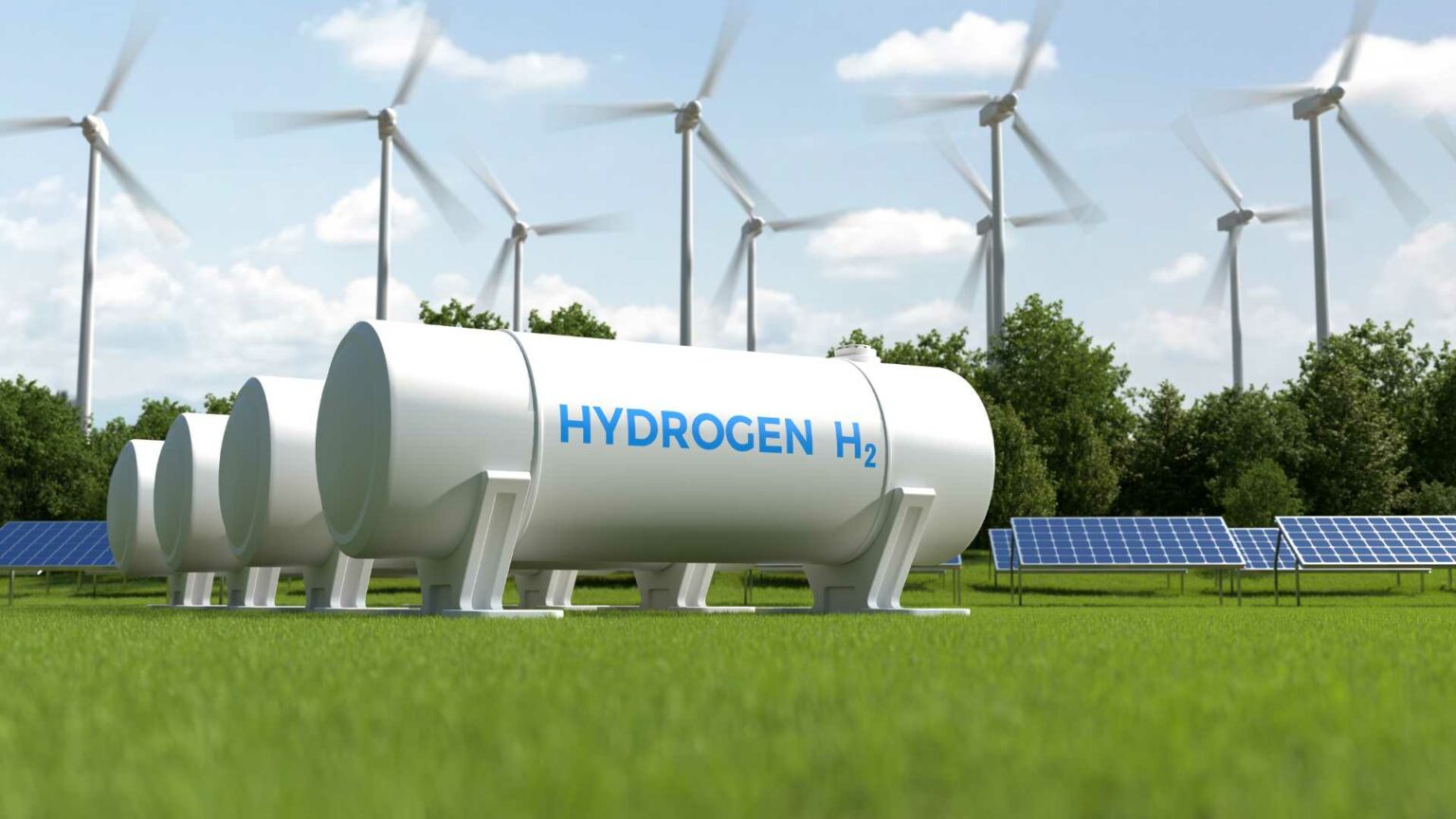In a recent study published in the International Journal of Hydrogen Energy, a team of researchers led by Muhammad Awais Rehman explored the potential of novel perovskite hydrides for hydrogen storage using density functional theory (DFT) calculations.
This study, titled “Exploring the Hydrogen Storage in Novel Perovskite Hydrides: A DFT Study,” delves into the structural, hydrogen storage, mechanical, electronic, optical, and bonding characteristics of the compounds KNaX2H6 (with X being Mg or Ca).
The research confirms that the perovskite hydrides KNaMg2H6 and KNaCa2H6 are both mechanically and thermodynamically stable. The gravimetric hydrogen storage capacities were found to be 5.19% for KNaMg2H6 and 4.09% for KNaCa2H6, indicating significant potential for these materials in hydrogen storage applications. Additionally, these compounds exhibit semiconducting behavior with indirect energy band gaps of 3.31 eV and 3.17 eV, respectively.
The study employed negative formation energies, positive phonon dispersions, and appropriate tolerance factor values to establish the thermodynamic and dynamic stability of these hydrides. The mechanical properties, such as bulk modulus, shear modulus, and Poisson’s ratio, were evaluated using computed elastic constants. Furthermore, the desorption temperature for KNaMg2H6 was determined to be 470.4 K, suggesting its viability for practical applications. Partial Bader charge analysis indicated that the bonding interactions were both ionic and slightly covalent. Optical analysis also demonstrated strong ultraviolet absorption capabilities with a redshift in the absorption spectrum.
The findings suggest that KNaMg2H6, with its higher hydrogen storage capacity and suitable desorption temperature, could be particularly beneficial for applications requiring lightweight and efficient hydrogen storage materials. This includes uses in hydrogen fuel cell vehicles and portable hydrogen storage systems.
By confirming the viability of these novel materials, the study marks a significant step forward in the development of hydrogen storage technologies, aligning with the broader goals of reducing dependence on fossil fuels and mitigating environmental impacts.
